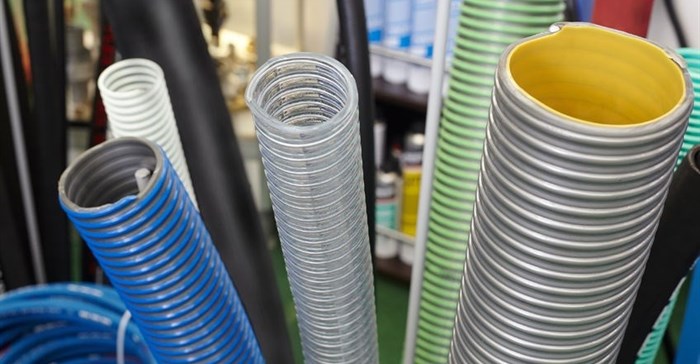#BizTrends2017: Exciting areas of growth in plastic pipe industry

Past threats falling on deaf ears
Water distribution, waste disposal, irrigation and telecommunications all rely on pipelines to function. Pipelines, therefore, lie at the heart of South Africa’s infrastructure and should be replaced before they fail.
For several years now, Southern African Plastic Pipe Manufacturers Association (SAPPMA) has been issuing stern warnings about an unavoidable water crisis due to the fact that the replacement of old water pipes around the country is long overdue. As early as 2012, we starting communicating to role players and decision makers that the existing steel and asbestos cement pipe infrastructure in South Africa has corroded since they were installed more than 50 years ago.
We have been warning government for a long time now about the possibility of water shortages in the country, especially in areas of high population. Their reluctance to listen to us and slow action is now starting to take its toll in the light of severe water restrictions. When looking at the current water crisis and possibility of water shedding, however, it is clear that we were not crying wolf. Unfortunately, it has taken too long for the message to sink in nor are they doing enough to address related problems such as the pollution of the country’s water sources.
Growth areas for the plastic pipe industry
Despite the fact that we are operating in very difficult economic and market conditions, there are exciting areas of growth in the plastic pipe industry. Water distribution and sewage disposal in particular are two areas where the demand for HDPE and PVC pipes are growing in demand.
The potential for strong recovery in the plastics pipe industry is great, provided a few sensible decisions are made at government level. Apart from this, there is still good potential to grow market share at the cost of other materials, due to the inherent benefits of PVC and HDPE piping systems. This includes the ability of some materials enabling larger diameters and higher pressures.
We are also optimistic about the positive impact potential that new services in areas not yet linked to the infrastructure will have on the plastic pipe industry, as well as the upgrading of pipe networks that have reached the end their useful life or lines that are currently inadequate. They are also anticipating that natural gas distribution will eventually contribute to the demand of plastic pipe.
Facing the challenges
Some of the most pressing issues facing the local plastic pipe industry continue to be the typical problems of the country, such as labour issues, skills shortages and work ethic. Fortunately, it seems as if the electricity supply problem experienced a year ago now appears to be a thing of the past, although the high cost of electricity still has a crippling effect on industry role players. There is increasing worry that electricity supply could very well again become an issue if the industrial and mining demand in the country increases.
Another challenge is the need for modernising production equipment in order for local pipe manufacturers to become more efficient. However, in light of the current low demand, it is hard to motivate such a much-needed investment.
Conclusion
From our perspective, not enough is materialising to improve the country’s water infrastructure. One can only hope that the current water crisis that is staring our nation in the face will galvanise action at government level and that the political infighting does not totally distract from setting priorities and working towards it.
There are many exciting, new markets and opportunities emerging for the plastic pipe industry. We have an ever-increasing role to play, and are making a difference where it matters. As an industry, we are committed to doing everything in our power to ensure the future of the industry through maintaining excellent quality and adhering to industry standards. We want to make sure that we are part of the solution – not part of the problem.






























